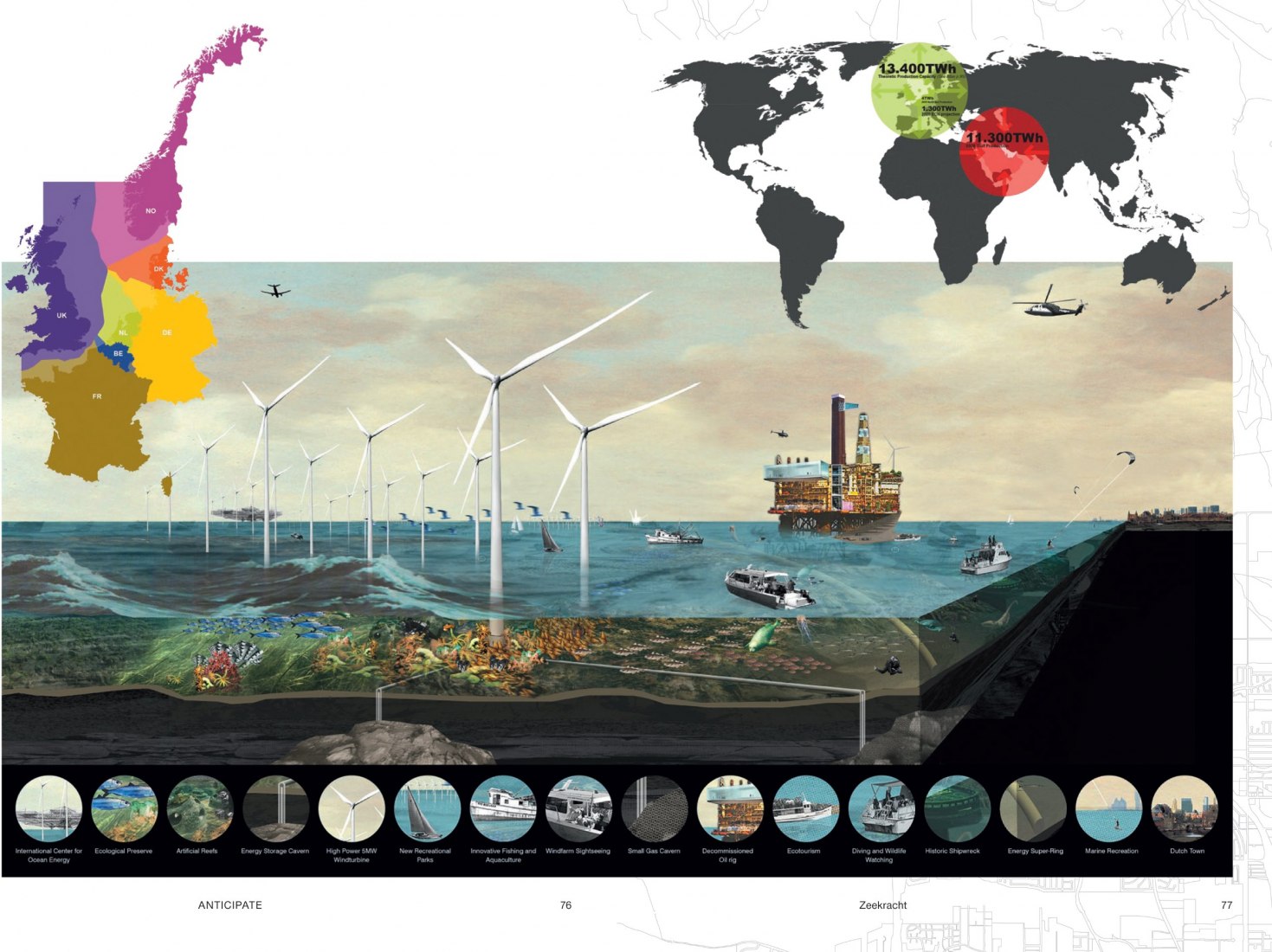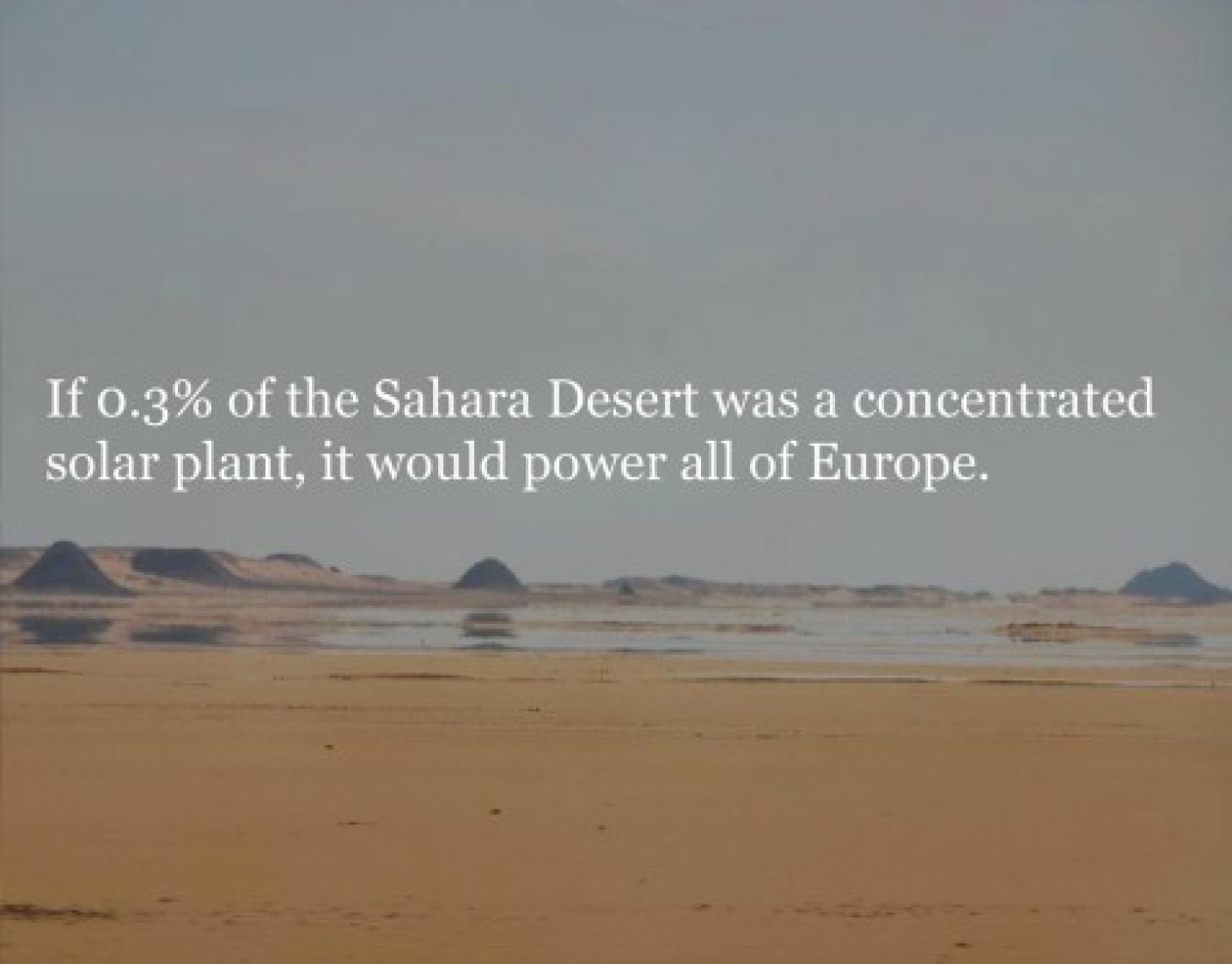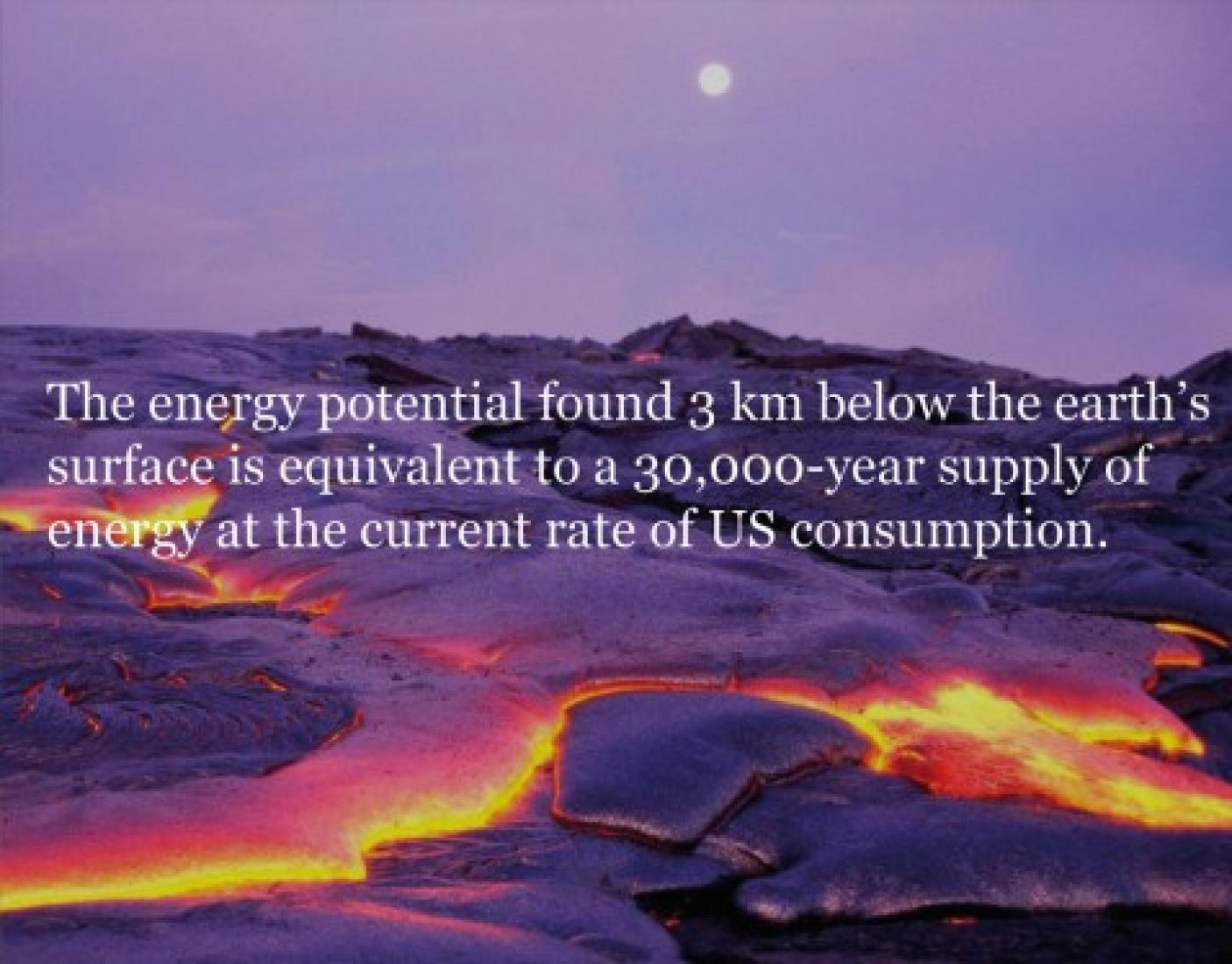The report proposes to address the urgent problems caused by looming climate change and dwindling fossil fuel supply through its assertion that by 2050, the world’s energy needs could be met entirely by renewable sources. It outlines an ambitious energy saving scenario as the first step toward an energy system in which fossil fuels are gradually replaced by wind, solar, geothermal, hydropower and sustainable forms of bio-energy.
The aim of the report is to inspire governments and businesses to understand the challenges associated with this shift and, at the same time, to encourage them to move boldly to bring the renewable economy into reality. By demonstrating the advantages of global cooperation and the deeper integration of global energy infrastructure, The Energy Report shows that the benefits of a transition to renewable energy far outweigh the challenges.
AMO's contribution to the report, led by Partner Reinier de Graaf and Associate Laura Baird, both conceptualizes and visualizes the geographic, political, and cultural implications of a 100 percent renewable energy world. AMO draws a vision of a world without borders in which all continents have equal access to sustainable energy.
Reinier de Graaf.- "The Energy Report is the first of its kind to claim the technical possibility of a global renewable energy supply by 2050. Through the realization that future energy provision really is a universal issue which must be addressed at a global scale."
The project builds on two foundational AMO projects on large scale renewable energy planning: Zeekracht, a plan made in 2008 for a ring of offshore wind farms in the North Sea, and Roadmap 2050, proposing a decarbonized European power sector by 2050, which was launched in April 2010.





































